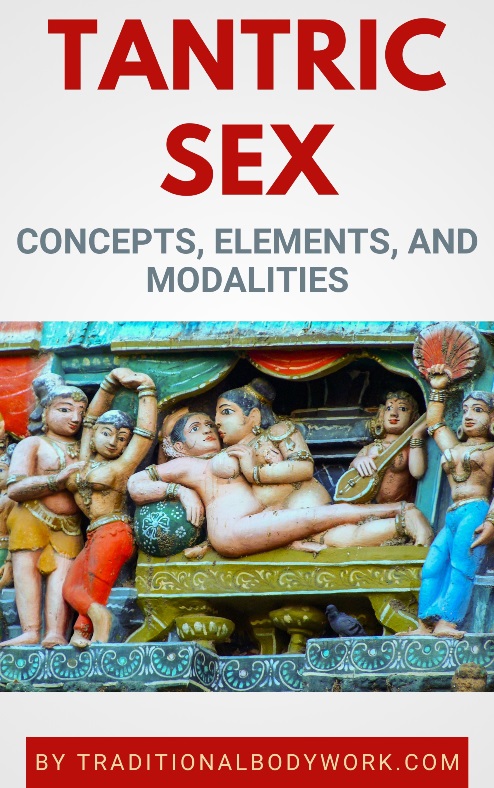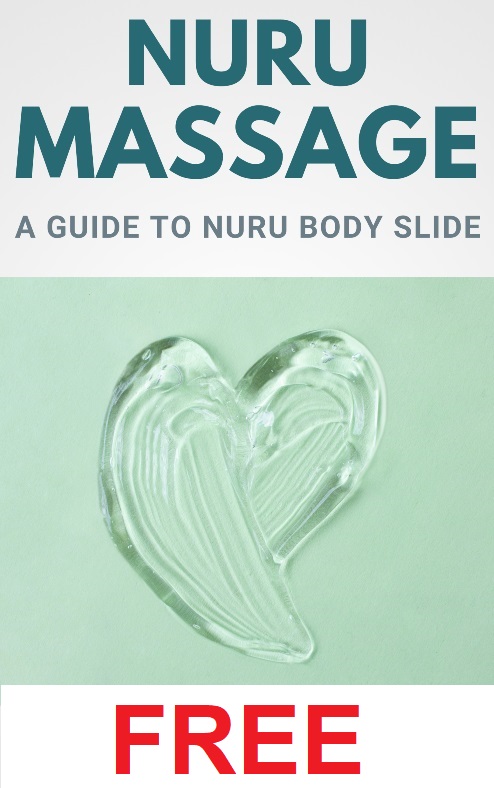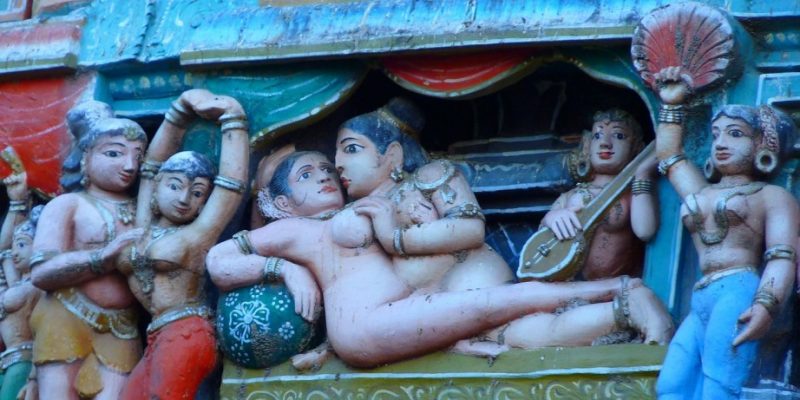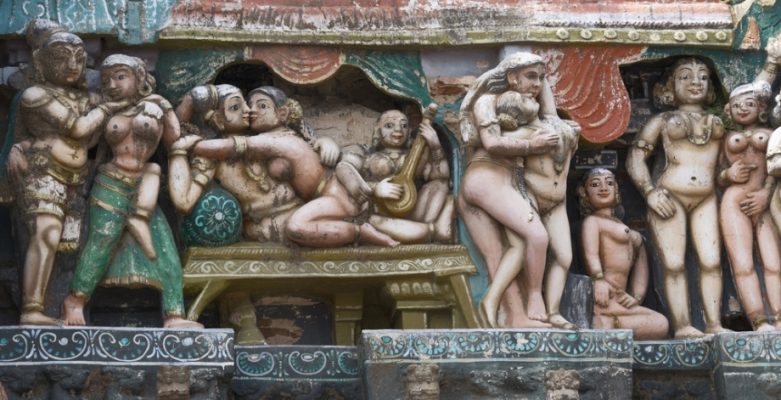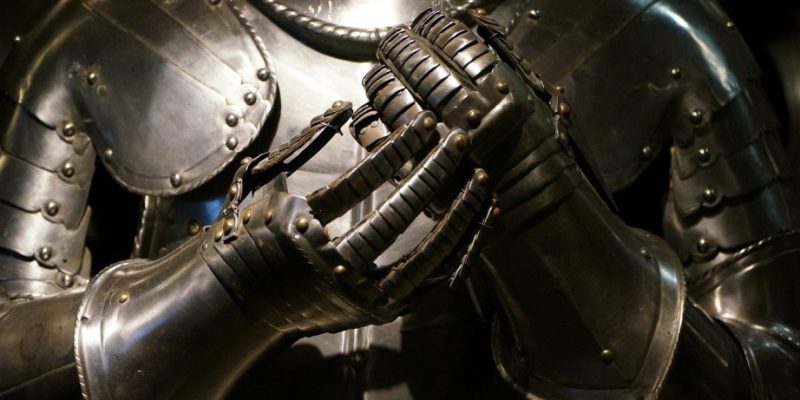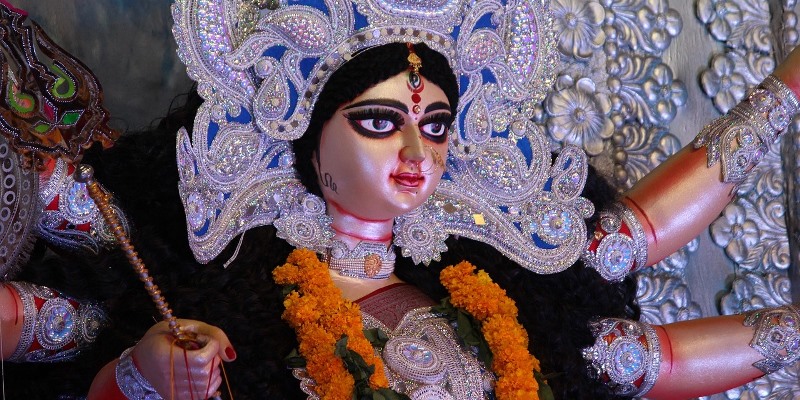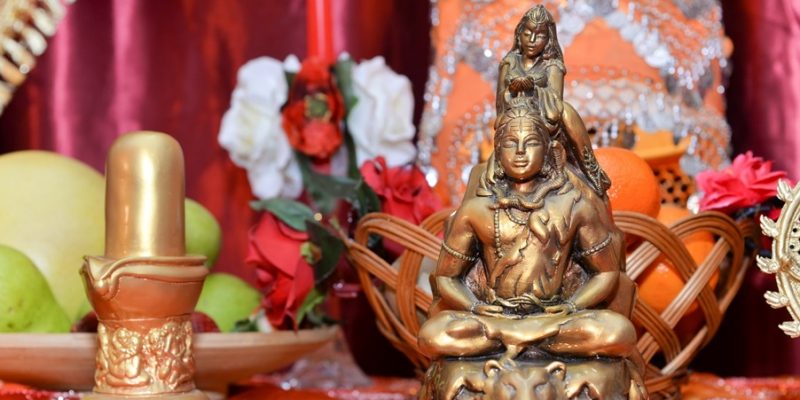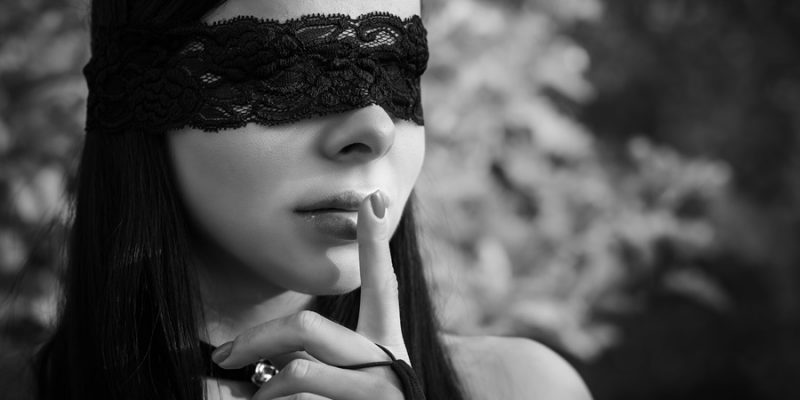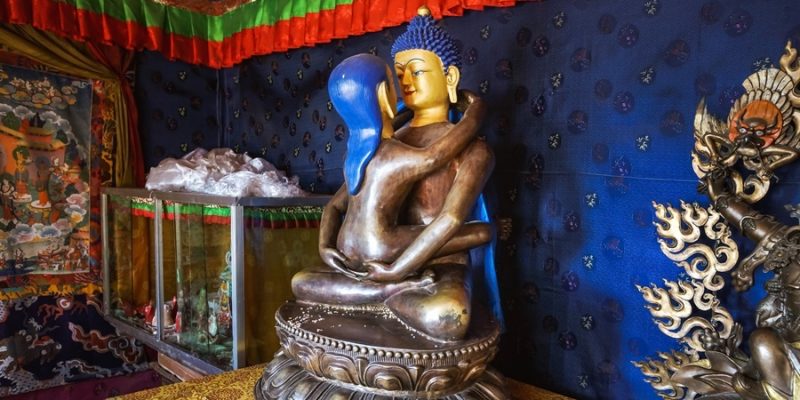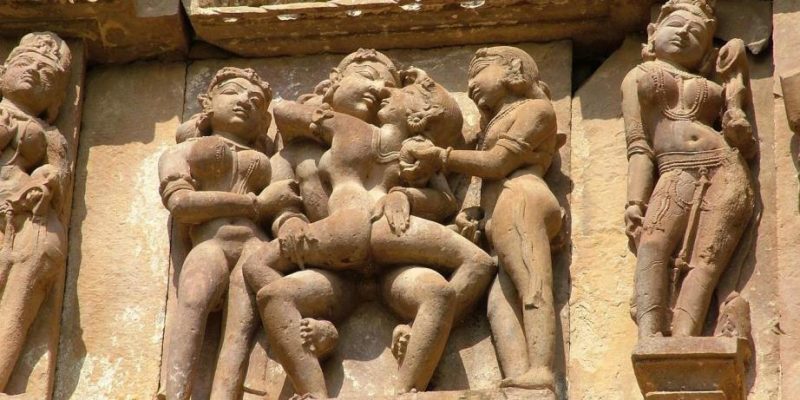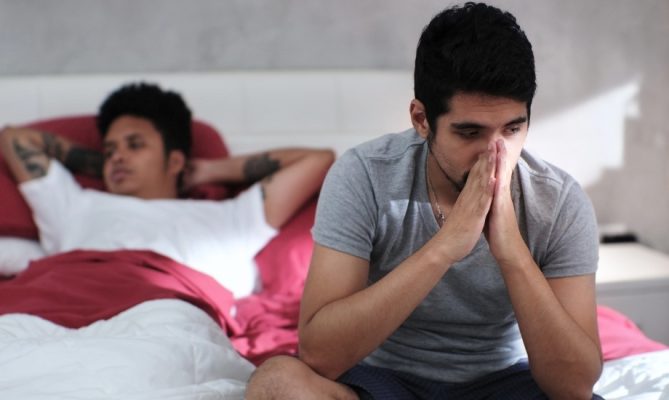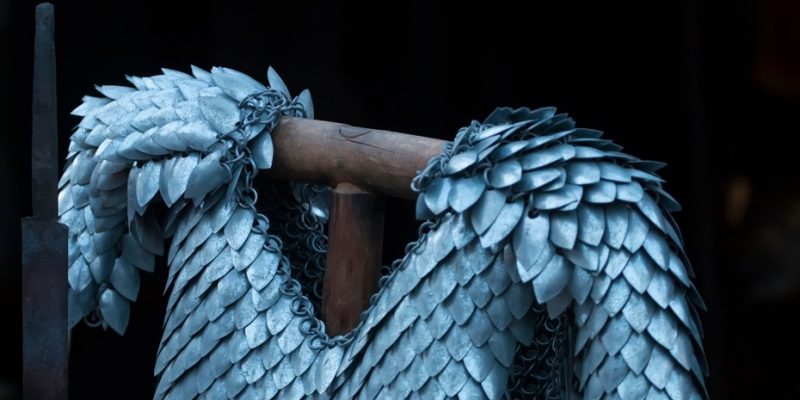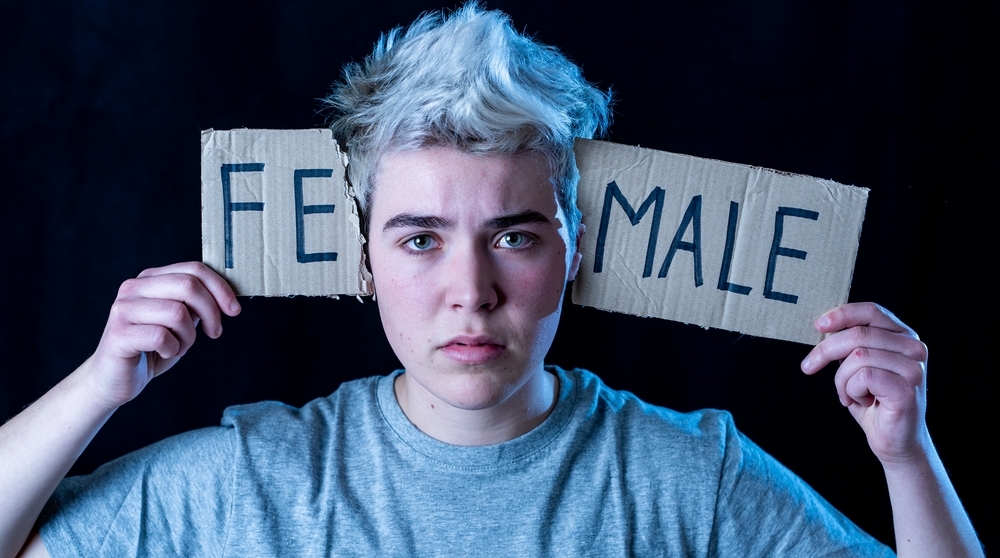
With regard to Tantra you’ll often find that Tantric practitioners and therapists champion the divine union of masculine energies and feminine energies, typically represented by the deities Shiva and Shakti. Hence, on first sight Tantric concepts appear to present us with a gender binary classification, that is, gender divided into just two distinct forms of masculine and feminine, man and woman.
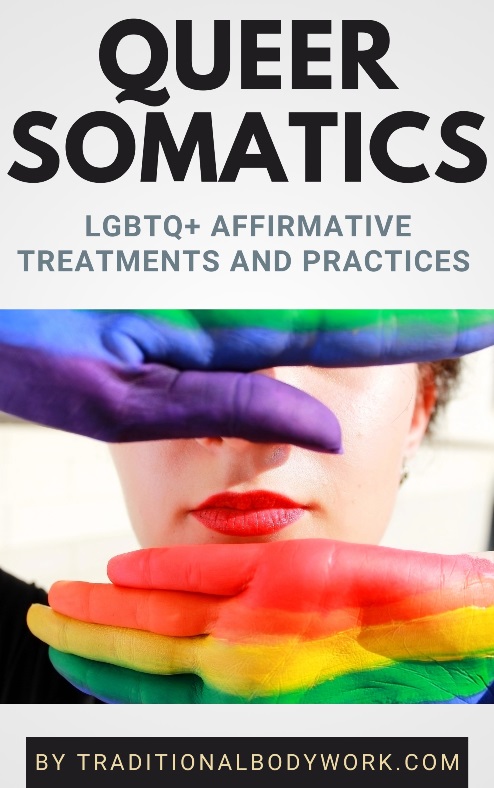
Nevertheless, it’s common knowledge that people cannot be classified in just two gender types (so-called gender binarism); we find a range of gender identities among individuals, such as genderfluid, genderqueer, non-binary, or agender, which is an issue repeatedly pressed within the LGBTQ+ community.
Interesting enough, Tantra is not at all “binary.” By contrast, Tantric practices aim at eliminating duality. Tantra proclaims that all phenomena and life expressions are worthy, none to be excluded, all to be embraced in a higher union. A spiritual union beyond the perceivable realm in which the phenomenal differences between man and women, masculine and feminine, good and bad, or pure and impure have been transcended.
In fact, the distinction between feminine (Shakti) and masculine energies (Shiva) in Tantra — like Yin and Yang in Taoism — has nothing to do with being a man or woman, but is rather a symbolic distinction between opposing energies (or perhaps rather complementary energies) in the natural world that make life and existence possible. Life and the universe in its materialized form is duality. Thus, men are also driven by “feminine” energies, like woman by “masculine” energies, that is, masculine and feminine energies are contained within every single person regardless of their gender (identity).
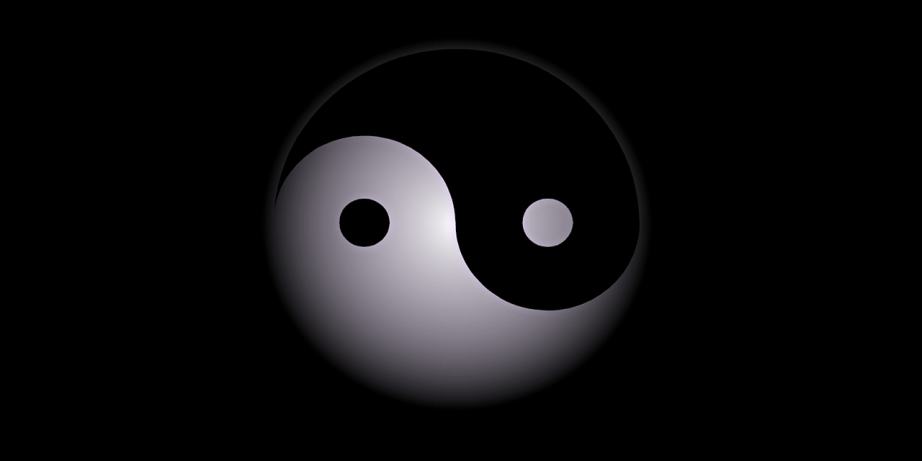
The Yin Yang symbol, in which you see a white dot in the black area, and a black dot in the white area is a good example of how all things consist of opposing energies, having both Yin and Yang aspects. For instance, shadow cannot exist without light, high is only high when contrasted by something lower, or night and day which transform into each other, that is, contain the seed of the other to become the other in a continuous flux. So, opposites exist, are necessary in the phenomenal world, but they are interdependent, influence each other, and together they create a totality, a complete whole.

In Tantra, the male deity Shiva (symbolized by the Lingam) is seen as masculine, active, analytical, assertive, becoming, hard, steady, constant, consciousness (potentiality), and logical, while the female deity Shakti (symbolized by the Yoni) has the opposite characteristics such as feminine, passive, intuitive, receptive, beingness, fluid (soft), flowing, dynamic, materializing (manifest expression), and creative. It’s also important to state that the opposing energies don’t represent positive (good) or negative (bad) energies, but rather complementary energies, each at the other end of a scale.
Tantric practices, which are symbolized by the sexual union of Shiva and Shakti, aim at creating an inner, spiritual balance of opposing energies, a unity in diversity, one that in its realized form expresses qualities like union, connection, wholeness, unity, divineness, non-duality. It’s a bit like the triad of thesis, antithesis, and finally synthesis, which resolves the conflict between the thesis and its antithesis.
But then — what about Lingam Massage and Yoni Massage? How do these Tantric massage treatment modalities relate to man and woman, or to masculine and feminine energies?
First of all, we need to acknowledge that individuals are born in a certain type of body, which may be female, male, something in between, or even both male and female. A human being is partly determined by biological aspects, such as by specific types of hormones (which, in this respect, are usually called female or male) and specific genitals (penis, testicles, uterus, vagina, etc.).
The biological characteristics also determine the expression of certain type of energies of which some are more present and other less, or more active and less active. In addition, each specific mix of “male” or “female” energies determines characteristic ways of thoughts, thinking patterns, and the expression of emotions.

Now, simply said, Lingam Massage aims at balancing excessive or lacking “male energies” by giving space to the appropriate dose and expression of female energies, and Yoni Massage aims at the opposite, that is, balancing excessive or lacking “female energies” by giving space to the appropriate dose and expression of male energies.
Too much (excess) or too little (depletion) male energy in a male body must be avoided as should too much or too little female energy in a female body. Moreover, Tantra is all-inclusive, which means that each person is “allowed” (and should) fully embrace and express (and not suppress) their innate energetic qualities and their perceived or felt gender identity, whatever that may be.
In addition, we should realize that Lingam Massage is a technique having been designed to work with the male genitals, as Yoni Massage has been designed to work with female genitals. So, regardless of being “man” or “woman” or “something else,” it rather depends on the kind of genitals one has as for what would be the appropriate Tantric massage. In fact, it’s the task of the Tantric practitioner to be able to integrate working with different genitals and with different kind of energies, regardless of the individual’s gender identity.



